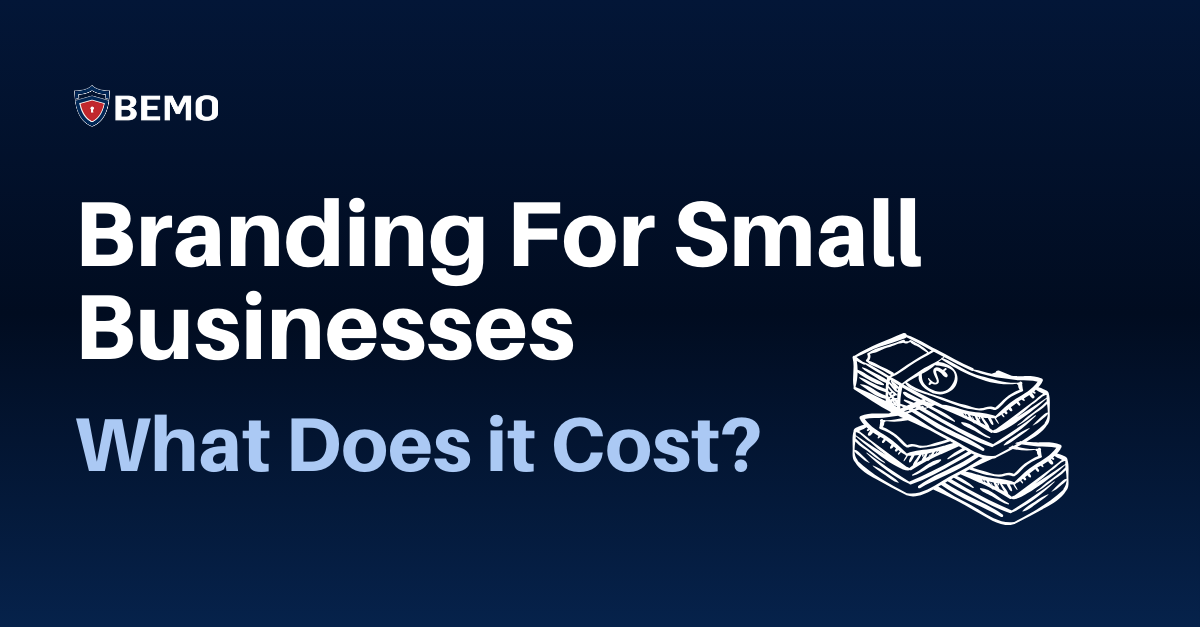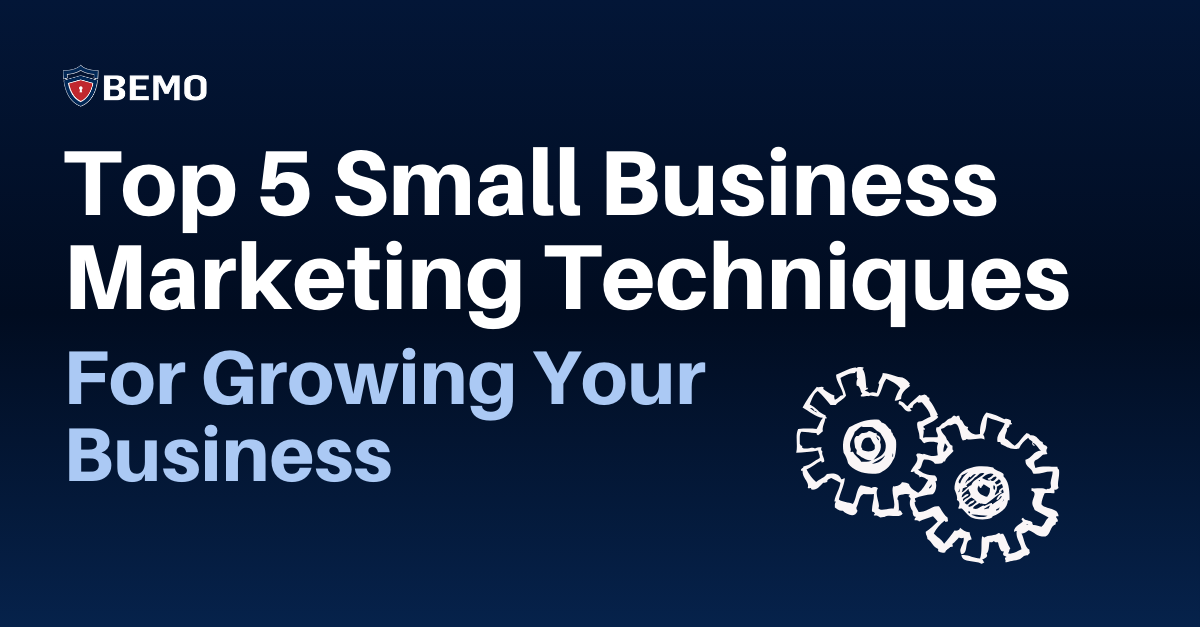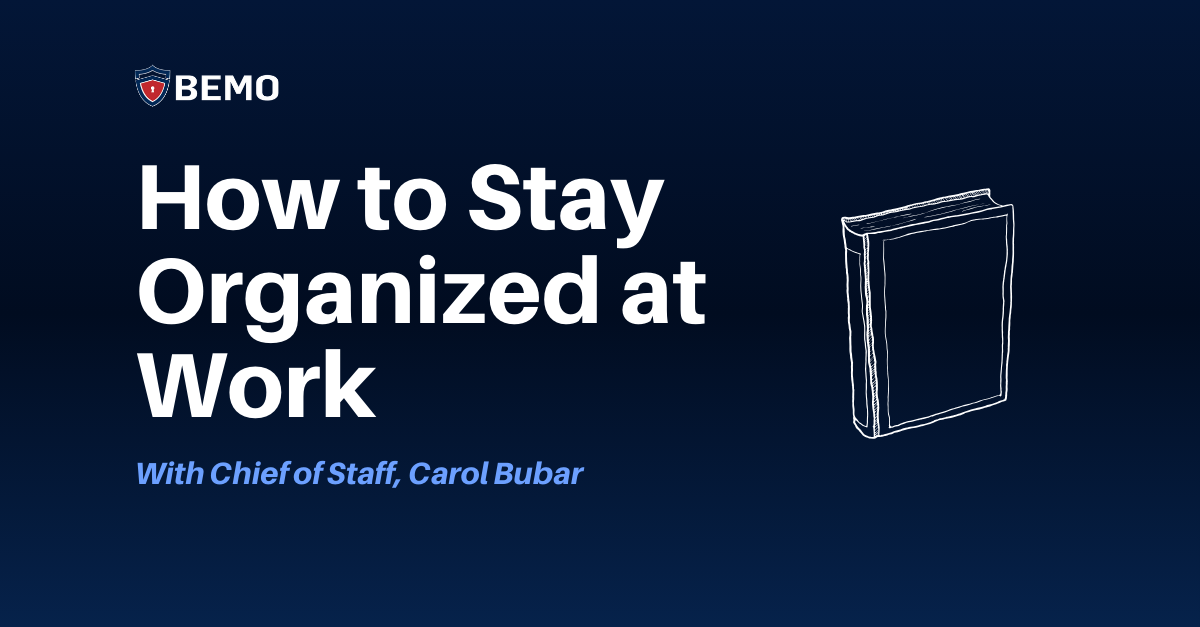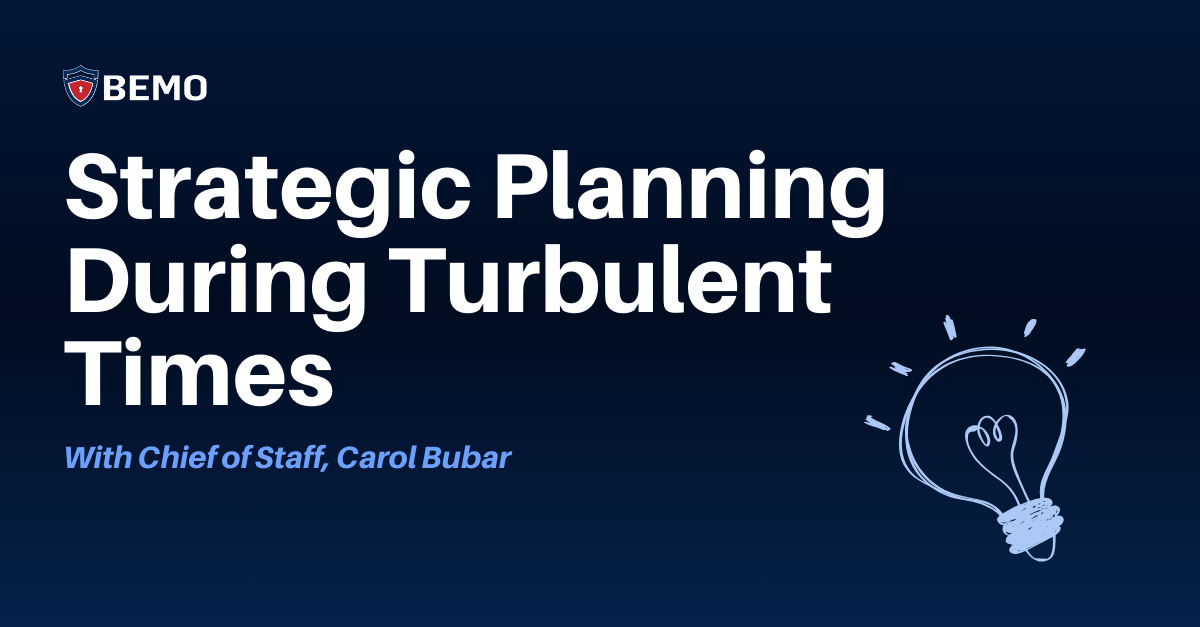Top 5 Small Business Marketing and Branding Techniques to Grow Your Business
by Steve Gershik @sgersh Steve Gershik is a three-time founder of small businesses and an experienced technology marketing executive for over 20...

by Steve Gershik @sgersh
Steve Gershik is a three-time founder of small businesses and an experienced technology marketing executive for over 20 years. He’s BEMO’s new Vice President of Marketing.
When I say branding, which companies come to mind?
If you're like most people, I'm willing to bet that one or two popped up instantly and you can clearly recall their logo, colors, and overall style. And if you can't, you can certainly notice when something is out of place and doesn't fit that brand.
Whether you're aware of it or not, you strongly identify with some brands and feel completely disconnected from others, regardless of the actual product they're providing! It's clear that branding is incredibly powerful in the eye of the consumer, but are you dedicating the time and attention that it deserves?
Many small businesses neglect branding in the early stages of building their marketing strategy. In my experience, this is often due to one of three reasons:
Fortunately, these are simply misconceptions.

Branding doesn’t have to be all that expensive, and the different elements of building your company brand can be done gradually, over time. Each successive activity builds on the foundation of what came before, and putting in the time and resources to develop your brand is crucial to your long-term success.
This comprehensive guide to small business branding will help you get started on the road to developing a strong, successful brand for your business. In it, we'll cover:
Let's dig in!

First things first. Why should you care about branding your small business? You've got your hands full enough as it is running the business, and it can be tempting to leave branding to the side while you address more pressing business concerns.
Put simply: small businesses can benefit greatly from branding for 2 main reasons:
But that's not all.
Branding makes a company worth more over time (this is called an “intangible value”), motivates employees, builds customer trust, and helps your company generate demand more easily.
Your brand influences every aspect of your customers’ perceptions of your company by building trust, recognition, loyalty and reputation.
On that note, let's talk about how much branding services will cost you if you choose to outsource this to another firm.

In the world of marketing, "branding" is actually an umbrella-term that refers to a whole list of items that need to be performed, such as:
Let's take a look at each to give you a clearer picture of all of the various costs involved in the branding process and how much you should expect to pay.
The mission, vision, values and story of your company form your brand identity. Brand identity includes a logo and tagline, but also building a compelling story.
While this may appear to be a simple process, building a memorable brand identity is something that a branding agency can help with. A branding agency is a group of marketing professionals who assist in the creation of a unique image for any company.
Most agencies charge by the hour for creative and strategic assistance on your branding plan.
The fees might range from $100 to $300 for a variety of services such as creating a company name, tag line, brand positioning, brand story, and messaging. Because it takes a lot of creativity and iteration to come up with a solid foundation, this can cost anywhere from $1,000 to $20,000.
Market research allows you to analyze your competitors, target audience, and current brand awareness (or lack thereof) in great detail.
It's one of the first steps in creating a solid strategy that takes your target audience into account. The charges can range from $1,000 to $10,000 and include competitor studies, SEO audits, and focus groups to help you better understand your target demographic.
A lot of people think of branding AS the logo and while that’s not the complete picture, it is often the first thing people think about as they think about a company’s brand. For example, I bet you can easily picture the Coca-Cola logo, or the Nike swoosh or the FedEx logo, with the hidden arrow embedded in it between the E and the X.
Your logo aids in the creation of a distinct identity, enhances the recall value of your company, and establishes you as a credible company to consider.
A logo design might cost anywhere from $100 to $50,000, depending on the agency or consultant you work with. It includes 3-5 distinct logo variations, PNG and JPEG files, Illustrator and Photoshop files, logos in white, black, and blank backgrounds, and mock-ups.
As the name implies, a Visual Style Guide is a document that includes a list of visual assets that aid in the creation of visuals that are more consistent across all platforms.
A visual style guide, which includes design aspects such as logo design, typography, usage directions, brand colors, and other artwork can cost anywhere from $2,500 to $5,000.
A brand book, often known as a style guide, is a set of standards that define your company's image, visual assets, voice, and tone. It includes both a visual style guide and an editorial style guide, basically, it’s an instruction manual for all future creative materials produced by your firm. It can also be used as training material to assist new workers and agencies with whom you will be working in the future. It can cost between $500 and $15,000.
As you can see, there are a lot of things to consider when it comes to branding costs.
If we bring all of these figures together, you can imagine budgeting between $1,000 to $100,000 for effective branding for your small business.
The difference in cost is between the quality of your agency or contractor, location, length of the project, and the amount of work you will do on your own. You could save a lot of money on these investments if you have a team of experienced professionals on your team.
.png?width=1920&name=5%20Reasons%20Your%20Business%20Needs%20a%20Cybersecurity%20Partner%20(3).png)
So, now that you know how much it might cost if you hire an outside firm, what if you don’t have that kind of money or want to get started on your own? I did exactly that when I started an event marketing company called DemandCon 10 years ago.
We had to quickly build up our brand in order to attract our target attendees, customers, and sponsors to our events.
So, what did we do?
First, you should outline your brand’s purpose. What is its reason for being? (Hint: making money is not your purpose, it’s an outcome of having a purpose) Renowned speaker Simon Sinek calls this your “why”: the niche you fill for a particular set of customers.
Next, research your competitors’ brands. Now, a lot of companies make a mistake at this step. The idea is not to copy their brand in any way, but it’s to understand how they define their “why”. This will help you to articulate how you are different from everyone else. Every company is unique in some way (products, service, approach, customer success, point of view), and you need to look at your competitors like your customers might, so you can better differentiate yourself.
Next, define, as precisely as you can, your target audience. Here at BEMO, we sell to small and mid-size businesses from 20 to 250 employees in the USA who are using or who want to use the Microsoft cloud ecosystem to help power their IT needs. We typically sell to CEOs or COOs at smaller size companies and to the heads of IT for slightly larger companies. Do you have a similar audience definition?

After you’ve written down your audience definition, decide what your brand personality will be. Your brand personality is defined as a set of human-like traits you want people to associate with your company. Jennifer Aaker, a professor at Stanford University, defined a framework that divided the personality into five dimensions, each containing a set of facets.
These dimensions are:
Do you want to be seen as authoritative? Serious? Fun? Witty? You see examples of brand personality all over the place. Harley Davidson has spent the past 100 years building their company as the rebel brand. Nike has always been about achievement. Apple is about sophistication.
Can you describe your brand personality similarly?
Next, you'll develop your brand story and your messages. This topic is the subject of a whole other blog post, but to get you started, here are the steps I’ve learned and used to help me develop a brand story:
First, think about a problem you’ve solved for a customer (or could solve if you are just starting your business). Next, make that customer the hero of the story. Give him or her a goal or a desire they are striving for (note: it’s not buying a product).
Add a source of conflict to the story so it fits with classic expectations of the story form. Make sure your story is simple and credible and use concrete examples so your reader can identify with your hero. Lastly, make sure the hero changes (for the better) at the end of the story.
And finally, after you’ve done the important foundational work about thinking about your brand, you’ll need to get into a visual design, which you can do yourself if you are so talented, or you can hire an agency, consultant, or a contractor through sites like Upwork, Fiverr or Guru.com
Branding plays too important a role in the future success of your small business to be put off for too long. Whether you seek branding help externally, handle it all in-house, or any combination of the two, taking the steps now to create a strong brand identity will help you to build a solid foundation for your marketing strategies and ultimately, a durable competitive advantage in your industry.
In need of a migration, stronger cybersecurity, or managed IT? Book a call with us here:

by Steve Gershik @sgersh Steve Gershik is a three-time founder of small businesses and an experienced technology marketing executive for over 20...

Let’s face it: getting organized and staying organized at work can be difficult. Despite how hard you try, it’s easy to lose sight of your long-term...

The 2024 planning season is upon us! With the new year just weeks away, I wanted to shed some light on BEMO's planning experiences and insights from...